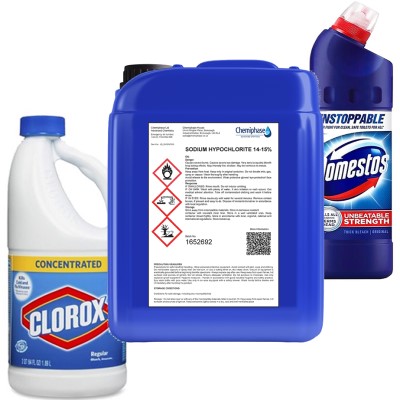Fluid Viscosity
For proper Diaphragm Pump selection understanding of fluids properties is mandatory. Fluid flow is highly dependent on the viscosity of fluids. Basically, viscosity is a resistance to the flow which must be taken into account during pump size selection. Viscosity of fluids can change under different conditions. We can divide liquids into following groups: • Newtonian …




